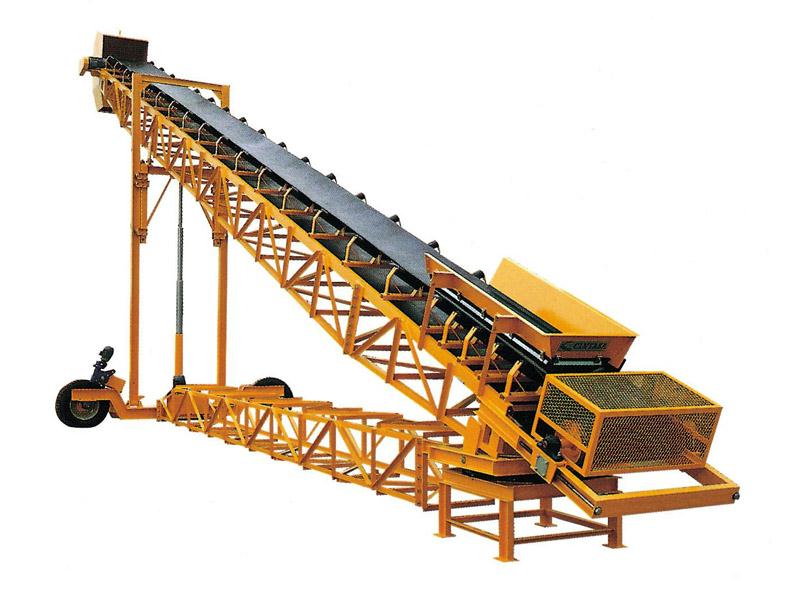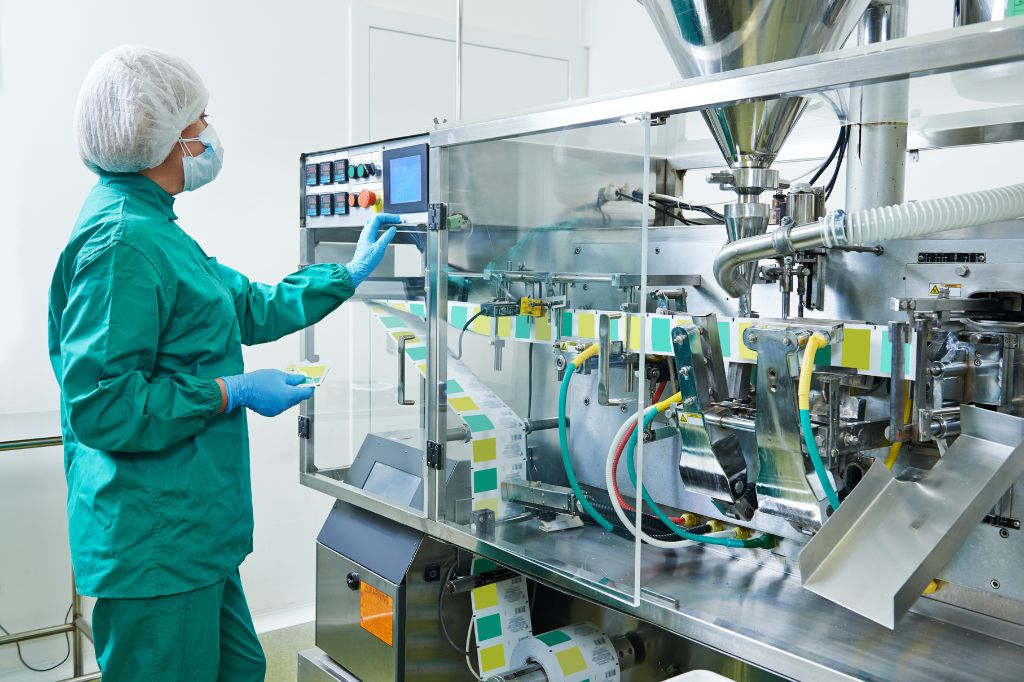
The conveyor belt and its operating principles
Reading time: < 5 minutesConveyor belts, as well as roller conveyors, have a key role to play in the efficient movement of all types of goods within a production plant, an industrial warehouse or any logistics company.
What are conveyor belts and how do they work?
Conveyor belts are used to move goods and products that require further stability or that due to their size; they cannot be transported using roller conveyors. The belt can also act as a processing point where employees can deal with the products
The conveyor functions by the movement of a continuous support, the belt assembled on a platform which may have different accessories (side rails, end stops, wheels and other type of pneumatic or mechanical accessories). The speed and load capacity depend on the characteristics of the material that will be convey (dust, fine grain, packages, etc.) and the type of conveyor belt.
Although the basic operating principle may seem simple (the movement of a belt because of the rotation of drums or pulleys, in turn, driven by a motor)
The system of a conveyor belt is much more complex and involves an important technological development using innovative technical applications.
Let’s start by describing the three basic parts…
- The belt.
Linen tape is one of the main materials used for the manufacturing of this item. We can also find plastic modular belt, made of polyester, PVC, polyamide, acetal, etc. This allows us to produce conveyor belts for many different purposes.
The manufacturing of a belt depends on different aspects: number of coats and its quality, according to their use in each type of sector (fire, oils and grease or chemicals resistance, tension or slip resistance, etc.) We need to remember that a conveyor belt could be used to move from abrasive or cutting materials (sand, gravel, etc.) to more delicate products such as fruits
According to its load capacity, belts could also be classified into different width and thickness. We could find other colors or patterns alternatives (stripes or marks) that will help in the automation process; preventing goods from slipping or rolling, as well as allowing transfers them in different inclination angles (from 15º to 45º)
- Drive: drums and motor.
DRUMS OR PULLEYS
Drums are a kind of rollers that, due to the friction (transmission of the band) or due to the sprockets (chain transmission), cause the movement of the belt. On a very general level, we can say that the movement is generated by the drive drum to which the motor will be connected. The tail pulley will cause the return of the belt towards the top. Snubs drums are located at the bottom of the belt at the exit of the drive drum and at the entrance of the tail pulley. This ensures that optimum performance and efficiency are achieved. It is also possible to place the bend pulleys under the belt that are used to maintain the correct belt tension. In addition to those considered, we can find other types of drums that fulfill a variety of functions
MOTOR
According to the location of the driving drum we can find two different kinds of drive: central or side drive. The engine’s power characteristics will depend on the type of conveyor belt and its role.
Likewise, the capacity to automate its operation will be a very important aspect in some production systems.
- The structure
The frame on which the conveyor belt is mounted is made from a metallic structure (painted steel, galvanized, stainless steel, etc.) and it can vary in length, height and shape; as well as allowing operators to manipulate conveyed material. This chassis can integrate sliding guides, side rails or plastic guides on both sides. All the main elements of the belt as well as the accessory systems that provide reliability to the whole system are assembled on the structure. The structure must be resistant and provide durability to the system, allowing the optimum operation of the conveyor belt in different environmental conditions: resistance to humidity, temperature, oxidation, resistance to accidental blows, etc.
In addition, we can find different accessories systems that ensure the stability of the movement, as well as providing versatility and adjustment to different types of loads.
– Impact brackets for load reception
– Self-aligning brackets
– Systems for flat idlers
– Self-cleaning return brackets used to remove residues clean the belt
– Systems for adjusting the tension
– Automation systems: electronic sensors for variable speed.
Belt conveyors are essential systems in today’s industry. The proper operation of the conveyor belt can be decisive in the efficiency of the entire production chain and the logistics of a warehouse.
Although operation principle is the same for all of them, brackets are a very versatile system. There is a huge variety of belt conveyors (plans, up and down conveyor, curves, and spirals of low and high speed…) as well as different options of manufacturing which allow adapting its operation to the transport and handling of almost any type of product.



